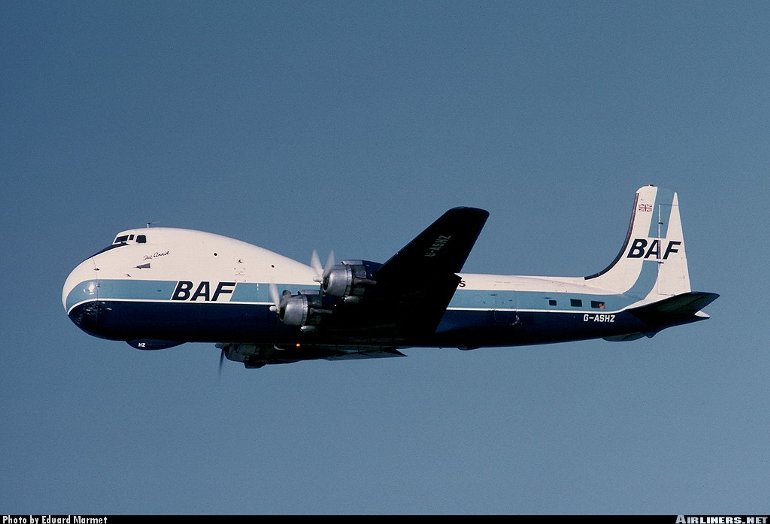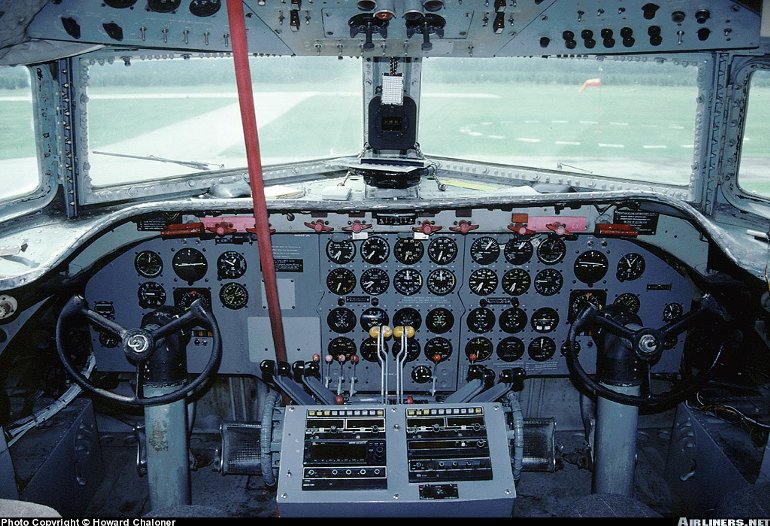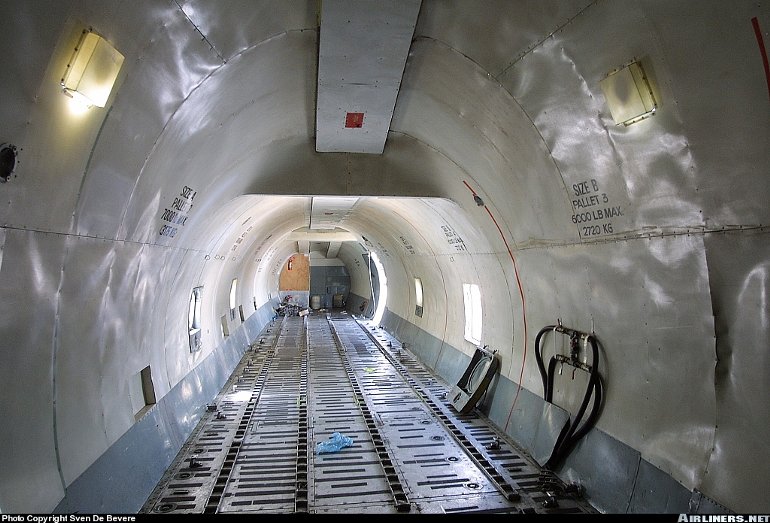Aircraft Technical Data
Aviation Traders ATL-98 Carvair



| Details | |
| Country of Origin | United Kingdom |
| Type | Freighter/utility transport |
| History | Aviation Traders developed the Carvair in response to Channel Air Bridge's requirement for an air ferry capable of transporting passengers and their cars between the United Kingdom and continental Europe. Although its external appearance is quite different, the Carvair is a conversion of the Douglas DC-4 airliner (or C-54 Skymaster in military guise), large numbers of which were available after World War 2. The airframe from the wings rearward is that of a standard DC-4, except for a lengthened vertical tail for enhanced controllability. The major modifications performed on the forward fuselage centred on a new lengthened nose section with a hydraulically operated cargo door and an elevated flightdeck (similar in appearance to that which would appear on the Boeing 747 several years later) which allowed nose loading for cars. First flight of the Carvair conversion was on June 21 1961, the type subsequently entering service with British United Air Ferries (into which Channel Air Bridge had been merged, it later became British Air Ferries and was known as British World Airways, which ceased trading in December 2001) in March 1962. Deliveries to other operators included three for Aer Lingus of Ireland and two for Aviaco of Spain, with other aircraft operated by French, Australian and Luxembourg carriers. Aviation Traders also proposed a Carvair type conversion of the Douglas DC-6, DC-6B and DC-7, with the option of reengining with RollsRoyce Dart turboprops, although these plans were never carried through. In 1998 one Carvair was operated by Hawkair Aviation in British Colombia, Canada, registered C-GAAH. Another operates from Bear Creek/Tara Field in Georgia in the USA, while a third is stored in South Africa. All are ex Ansett machines. |
| Powerplants | Four 1080kW (1450hp) Pratt & Whitney R-2000-7M2 Twin Wasp 14 cylinder twin row radial engines driving three blade Hamilton Standard Hydromatic variable pitch propellers. |
| Performance | Max speed 402km/h (217kt), max cruising speed 342km/h (185kt), economical cruising speed at 10,000ft 334km/h (180kt). Service ceiling at 33,110kg (73,000lb) 18,700ft. Range with max fuel and 4500kg (10,000lb) payload 5560km (3000nm). Range with 8035kg (17,700lb) payload 2745km (1480nm). |
| Weights | Empty equipped 18,762kg (41,365lb), max takeoff 33,475kg (73,800lb). |
| Dimensions | Wing span 35.82m (117ft 6in), length 31.27m (102ft 7in), height 9.09m (29ft 10in). Wing area 135.8m2 (1462sq ft). |
| Capacity | Flightcrew of two. Maximum seating in a passenger configuration for 85 at five abreast at 86cm (34in) pitch. When used as a car ferry it was typically outfitted to carry five cars plus 22 passengers in the rear cabin. |
| Production | Total Carvair conversions number 21, the last of which was completed in 1968. |
| Related Links | Aviation Traders ATL-98 Carvair |
The backbone of this section is from the The International Directory of Civil Aircraft by Gerard Frawley and used with permission. To get your own copy of the book click here. |
|








